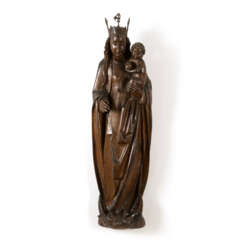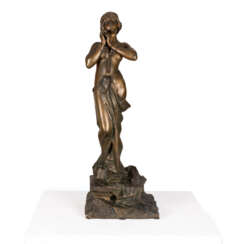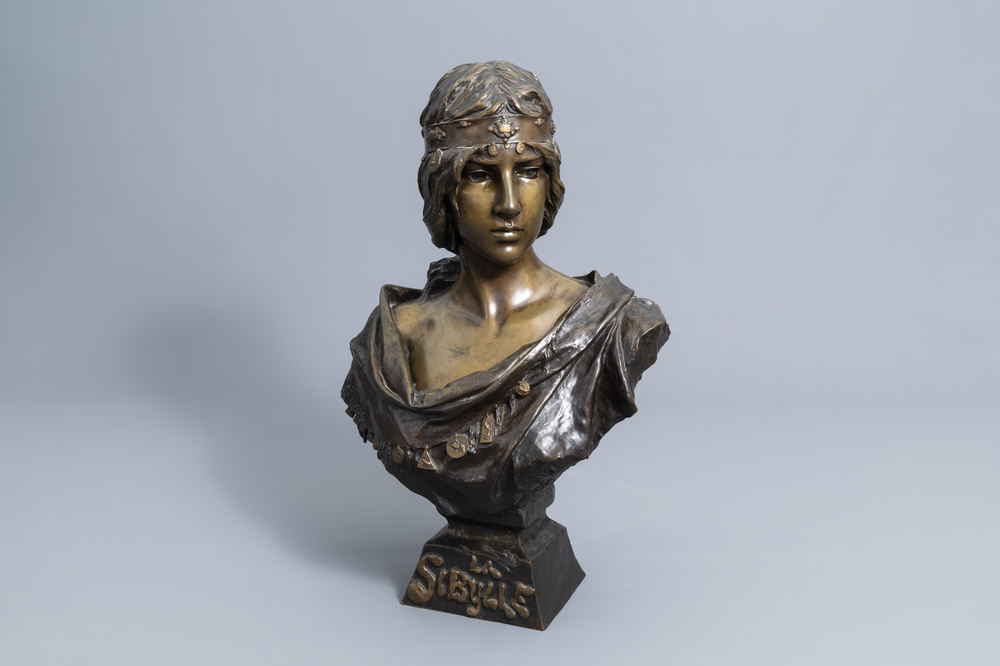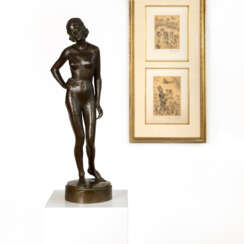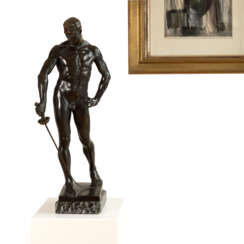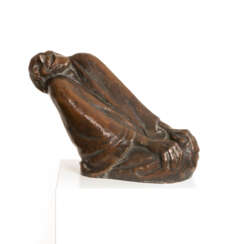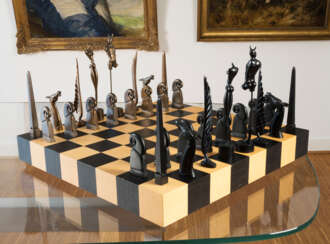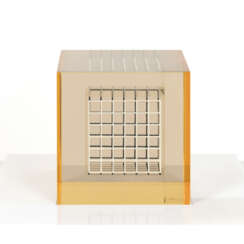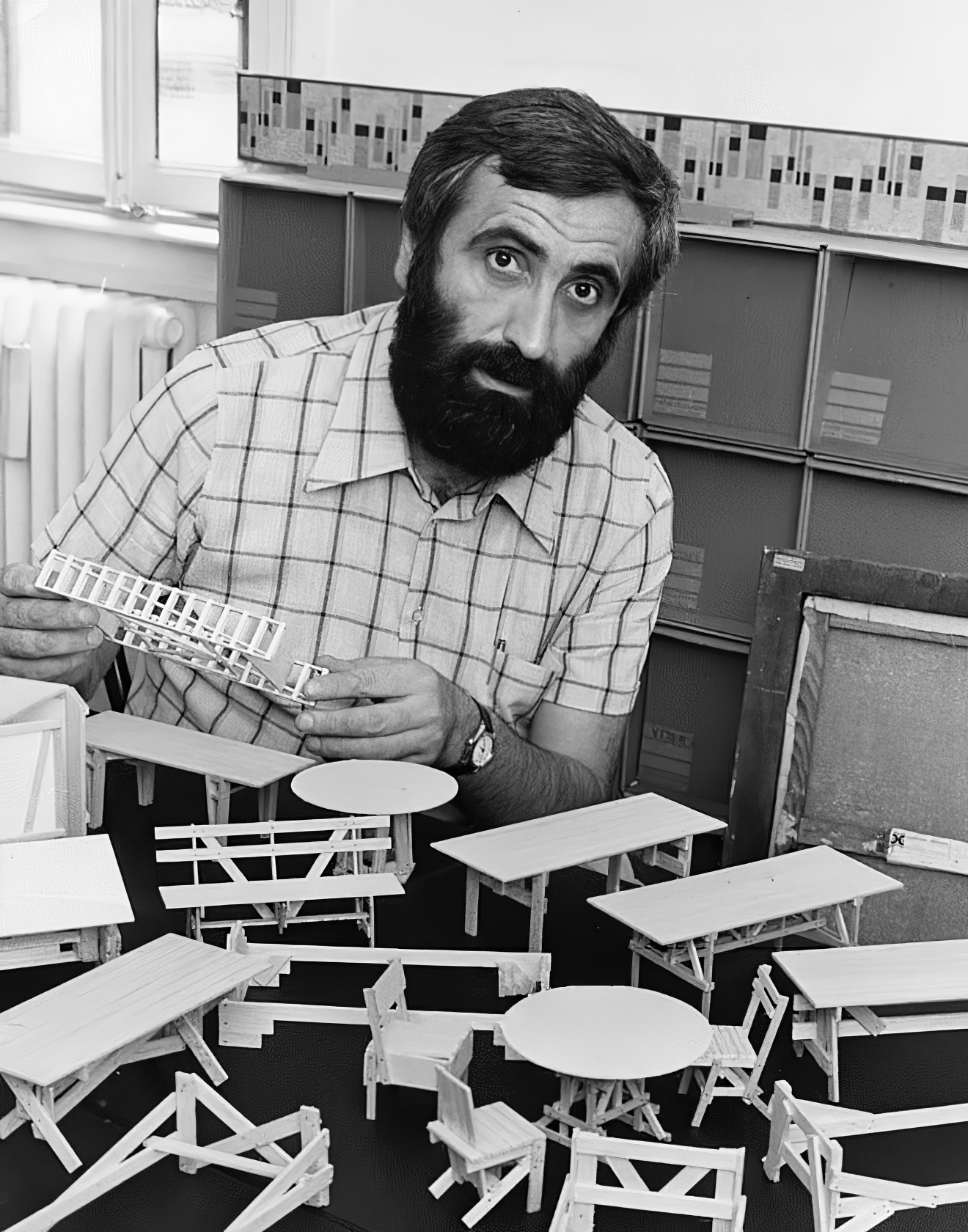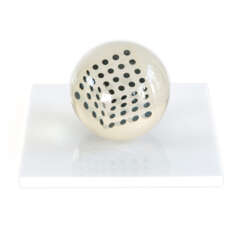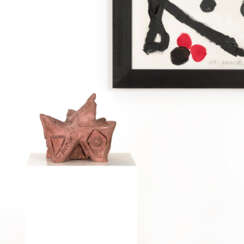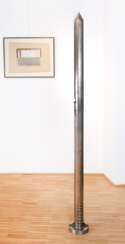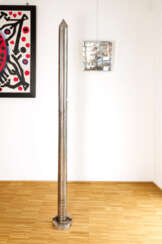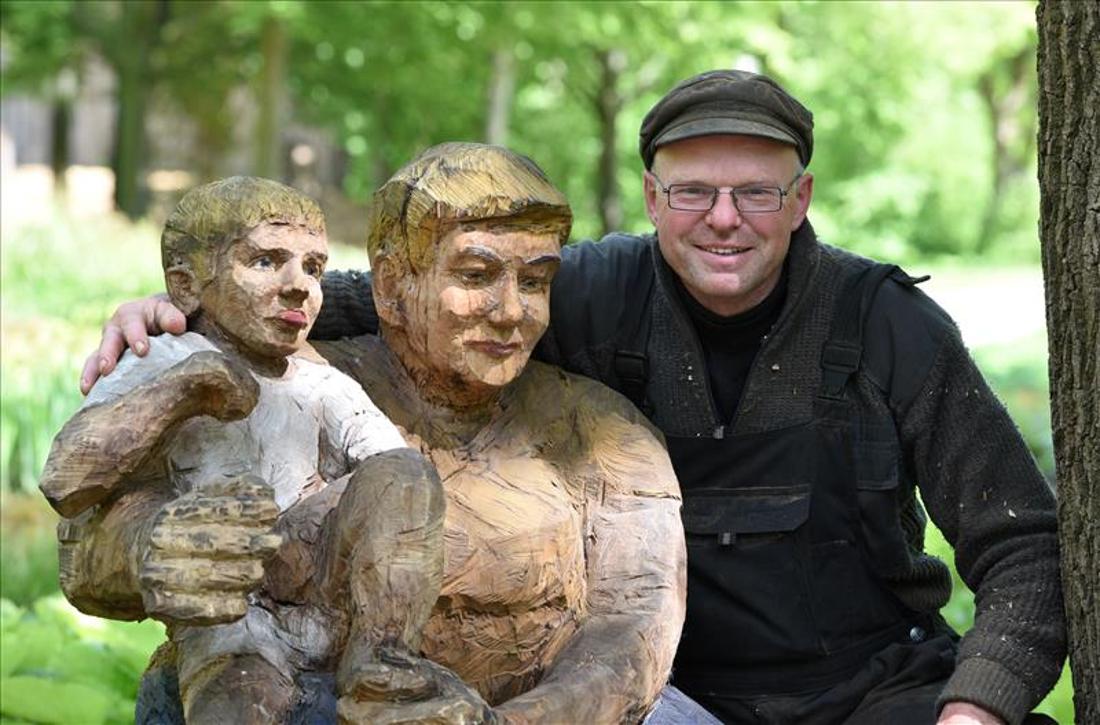
Figures and sculptures — Alte Kunst | Moderne & Zeitgenössische Kunst
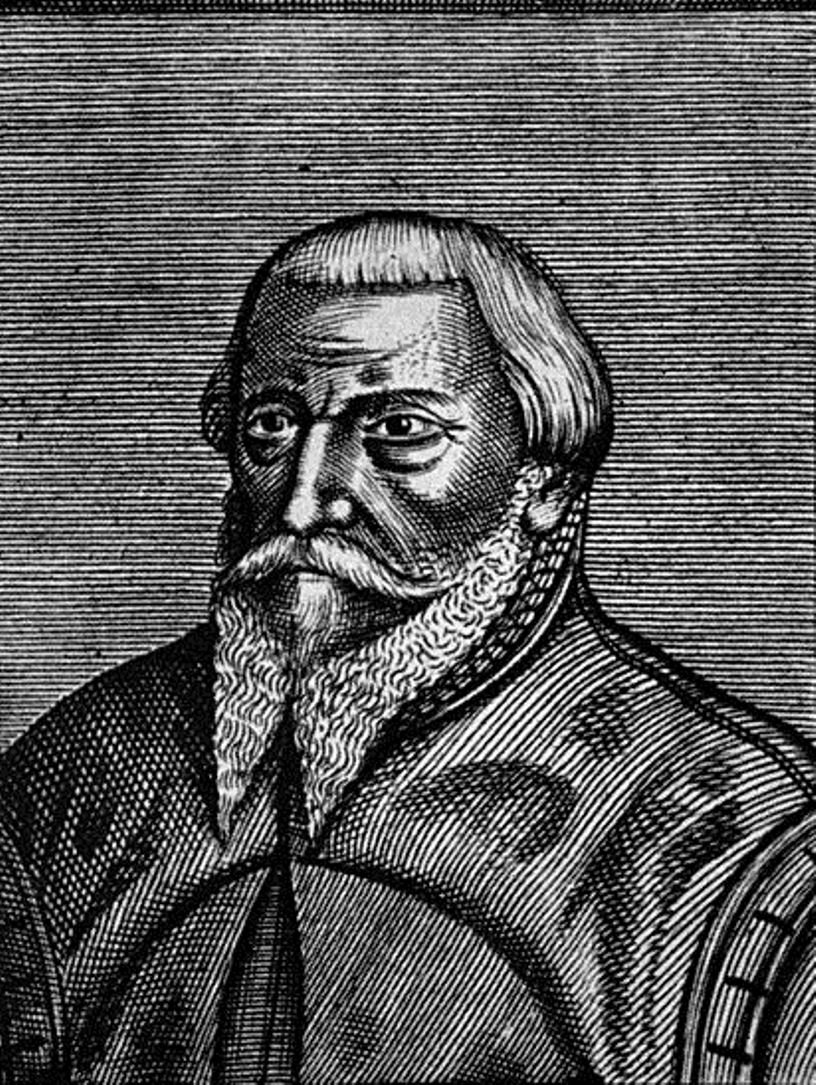
Veit Stoß war ein bedeutender deutscher Bildhauer, dessen Werk den Übergang von der Spätgotik zur nördlichen Renaissance markiert. Der um 1450 in der Nähe von Horb am Neckar geborene Stoß ist für seinen gefühlsbetonten Stil und seine filigranen Schnitzereien, vor allem in Holz, bekannt. Sein Hauptwerk, der 1489 vollendete Veit-Stoß-Altar in der Krakauer Marienkirche, ist ein Zeugnis seines handwerklichen Könnens und gilt als eines der größten Triptychen seiner Zeit.
Nach seiner Rückkehr nach Nürnberg im Jahr 1496 geriet Stoß in Turbulenzen, unter anderem wurde er wegen Fälschung verurteilt, aber schließlich begnadigt. Seine späteren Werke, wie der "Tobias und der Engel", zeigen weiterhin sein außergewöhnliches Talent und wurden sogar von Kritikern wie Giorgio Vasari bewundert.
Für alle, die sich für die Kunst der Bildhauerei und die Geschichte der Renaissance interessieren, bieten die Werke von Stoß einen tiefen Einblick in die Kunst dieser Epoche. Seine Werke, die sich in verschiedenen Museen befinden, geben einen Einblick in eine entscheidende Zeit der Kunstgeschichte.
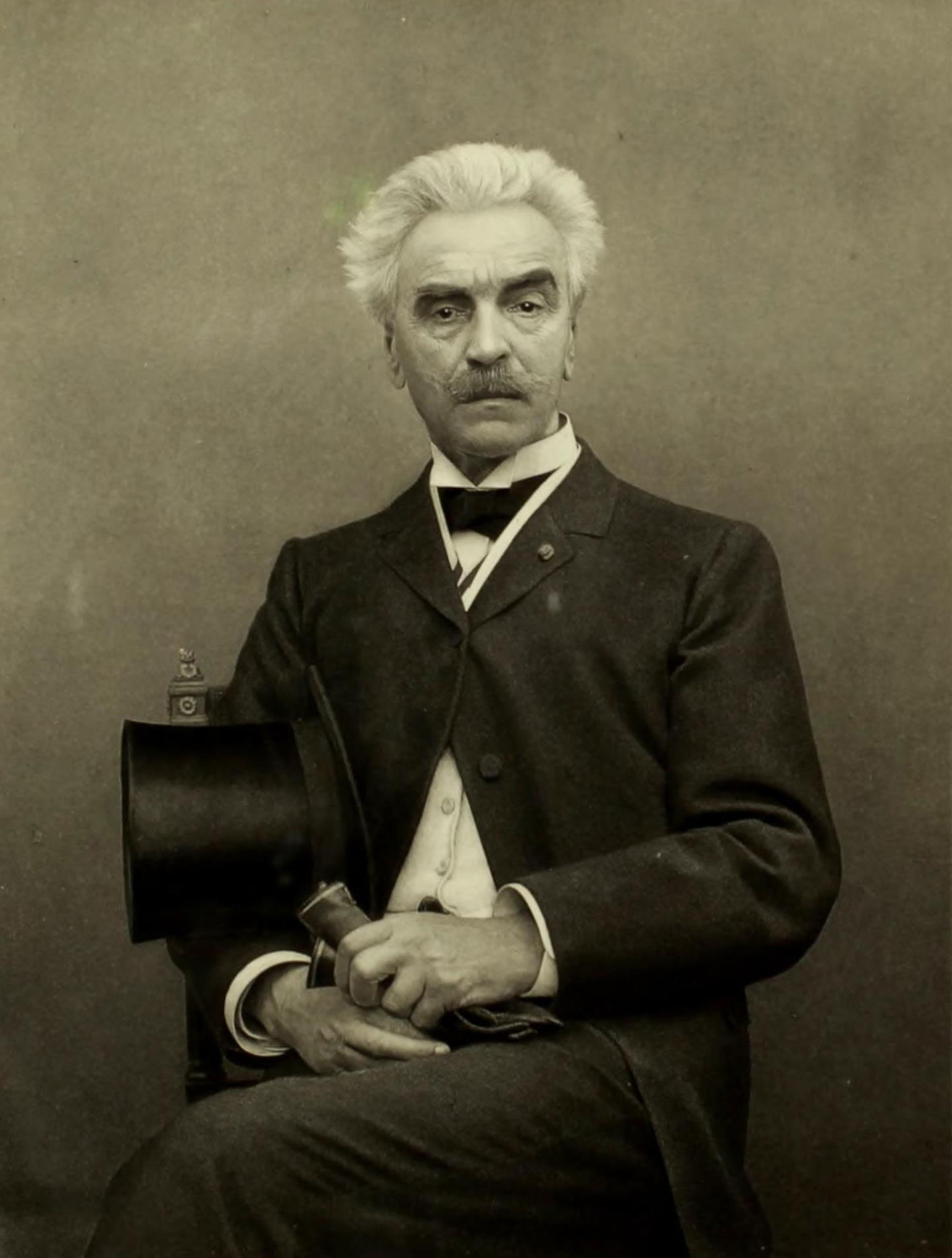
Jean-Léon Gérôme was a prominent 19th-century French painter, a representative of the academic school of painting. His paintings are notable for their impeccable composition and exquisite colour palette.
Jean-Léon Gérôme did not accept the work of the Impressionists, whom he considered to be the ignominy of French art. This has earned him a controversial reputation as a fierce supporter of academism and a persecutor of new movements.
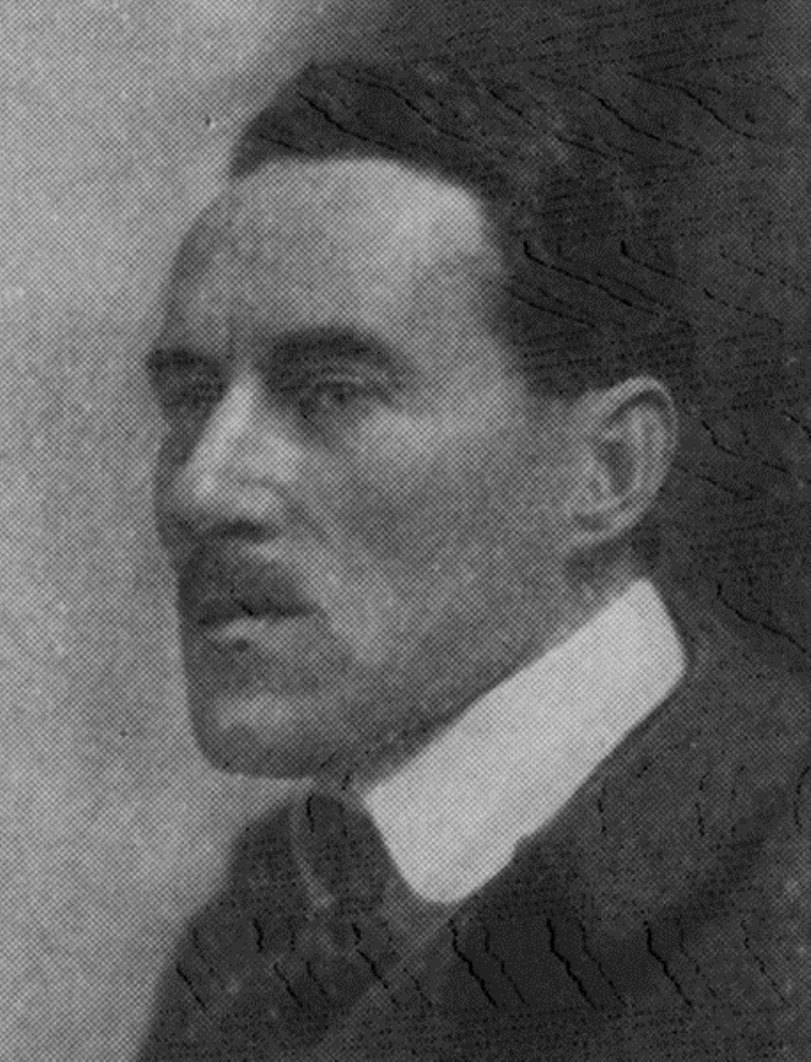
Ludwig Vierthaler, a distinguished German sculptor and educator, left an indelible mark on the art world of the 20th century. Born on January 16, 1875, in Munich, Vierthaler became renowned for his dynamic sculptures that reflect the spirited essence of the Hanoverian artistic legacy.
Educated at the Royal School of Applied Arts in Munich, Vierthaler's talent blossomed under the guidance of prominent figures of the time. His work with Tiffany & Co in New York City infused his art with a new perspective, particularly his fascination with oceanic imagery published in the late 19th century. Upon his return to Germany, Vierthaler played a pivotal role in the Munich Secession movement, known for its rebellion against the traditional art styles of the period.
Vierthaler's sculptures, which often graced public spaces, were not just admired for their aesthetic appeal but also for the way they captured the fluidity of movement within the rigidity of metal. His works are recognized for their artistic innovation and the unique blend of American metalwork inspiration with German artistry.
For art collectors and historians, Vierthaler's sculptures are a gateway to the rich cultural period of the Munich Secession. His works continue to be celebrated in galleries and at auctions, where they are sought after for their historical significance and artistic beauty.
Dive deeper into the world of Ludwig Vierthaler's sculptures by signing up for our updates. Join us in celebrating the legacy of one of the most influential sculptors of the Hanoverian era.
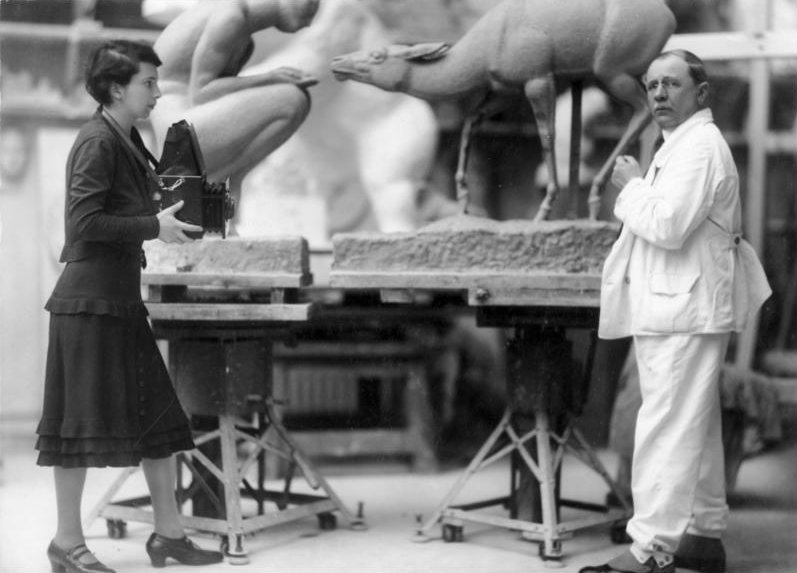
Hugo Lederer was a German sculptor and medallist. He lived and worked in Berlin during the reign of Kaiser Wilhelm II and the first German democracy. His most famous work is the monumental monument to Bismarck in Hamburg (1902-1906).
Hugo Lederer always stood on the side of upper-class modernism and opposed the anti-bourgeois left-wing or popular art scene. Initially he was still following Reinhold Begas and his neo-Baroque style, the Gründerzeit art movement favoured by Kaiser Wilhelm II and despised by many intellectuals of the time.
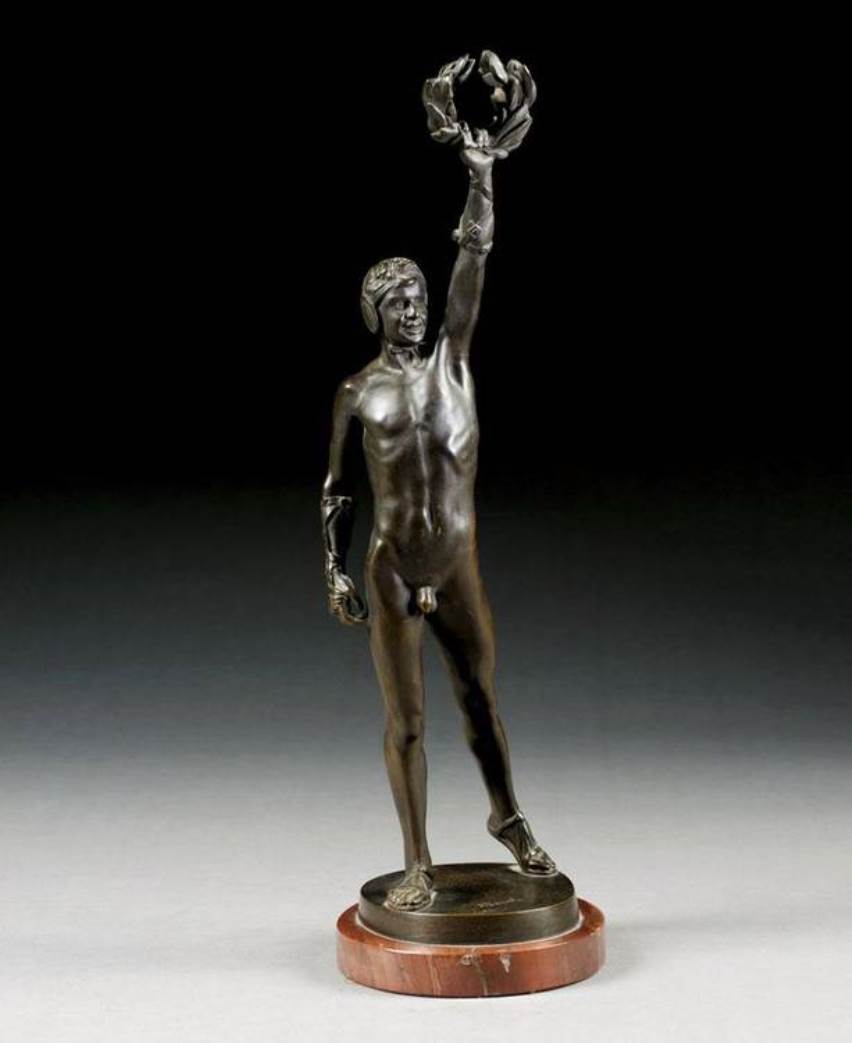
Heinrich Baucke was a German sculptor renowned for his neo-baroque masterpieces, flourishing at the turn of the 20th century. Born in Düsseldorf on April 15, 1875, Baucke dedicated his life to the creation of statues and memorials that captured the nobility and distinguished figures of his time.
Trained at the Kunstakademie Düsseldorf under the tutelage of Karl Janssen from 1891 to 1900, Baucke's sculptures won him first prizes in competitions, solidifying his reputation as a preeminent artist. His works, primarily in bronze, are celebrated for their intricate detail and evocative presence. One of his earliest successes, "The Victorious Boxer" created in 1897, today stands in the Kunsthalle Düsseldorf, a testament to his skill and artistic vision.
Baucke's creations are not just pieces of art; they are historical dialogues in metal, with works like the bust of German Emperor Wilhelm I and the statue of King Friedrich I adorning public spaces, bridging the past with the present. His death on April 12 or 13, 1915, in Ratingen, marked the end of an era for German neo-baroque sculpture.
For collectors and art historians, Baucke's works offer a glimpse into the neo-baroque sensibilities of a bygone era. His sculptures, which often graced public spaces and exhibitions, now hold a place of honor in galleries and are sought after in auctions for their historical and artistic value.
Explore the legacy of Heinrich Baucke by signing up for our newsletter, and seize the opportunity to collect pieces from one of the neo-baroque's finest sculptors.
.jpg)
Ernst Heinrich Barlach was a German expressionist sculptor, medallist, printmaker and writer. Although he was a supporter of the war in the years leading to World War I, his participation in the war made him change his position, and he is mostly known for his sculptures protesting against the war. This created many conflicts during the rise of the Nazi Party, when most of his works were confiscated as degenerate art. Stylistically, his literary and artistic work would fall between the categories of twentieth-century Realism and Expressionism.
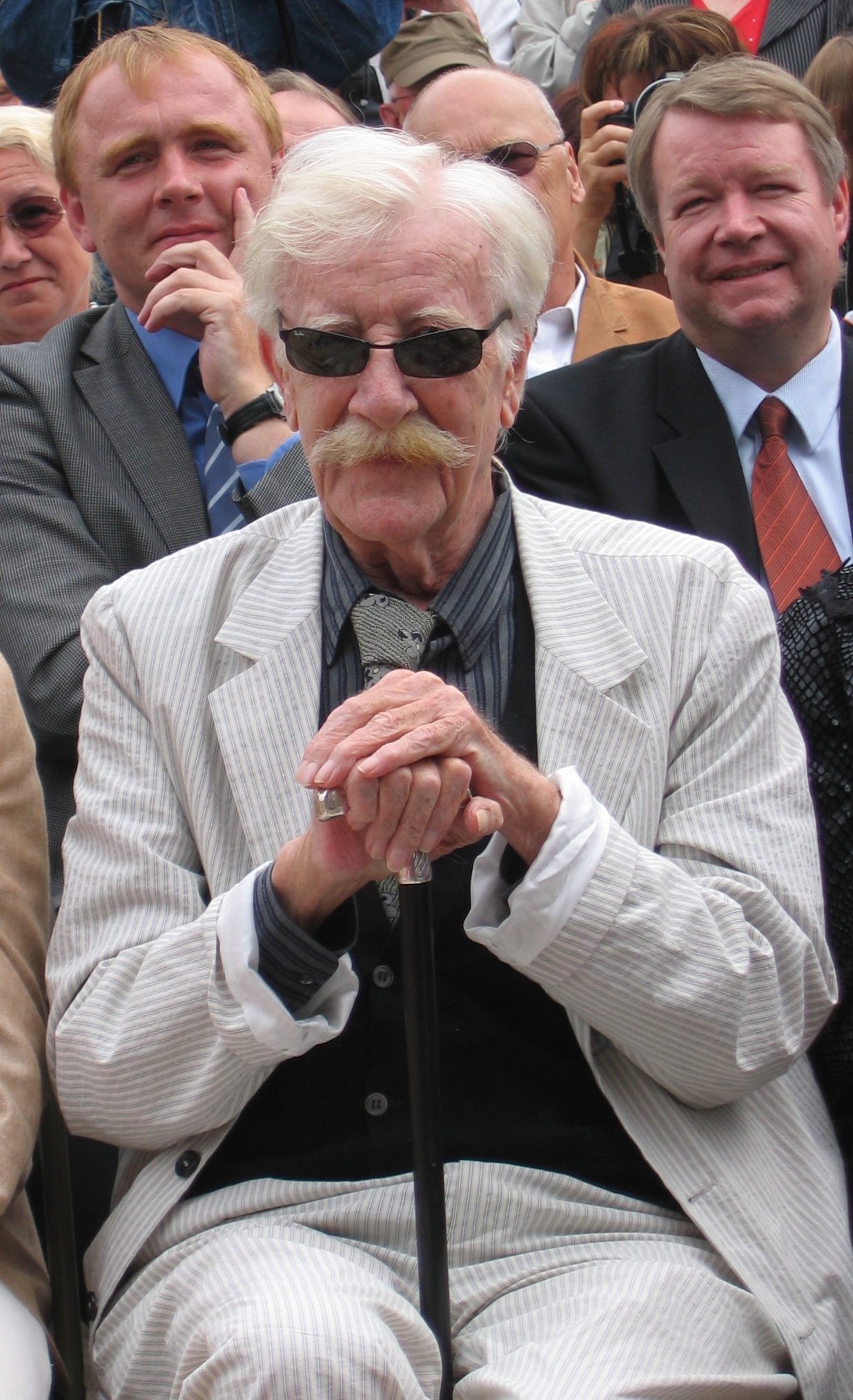
Paul Wunderlich was a German painter, sculptor and graphic artist. He designed Surrealist paintings and erotic sculptures. He often created paintings which referred to mythological legends.

Ralf Winkler, alias A. R. Penck, was a German painter, printmaker, sculptor, and jazz drummer. A neo-expressionist, he became known for his visual style, reminiscent of the influence of primitive art.
